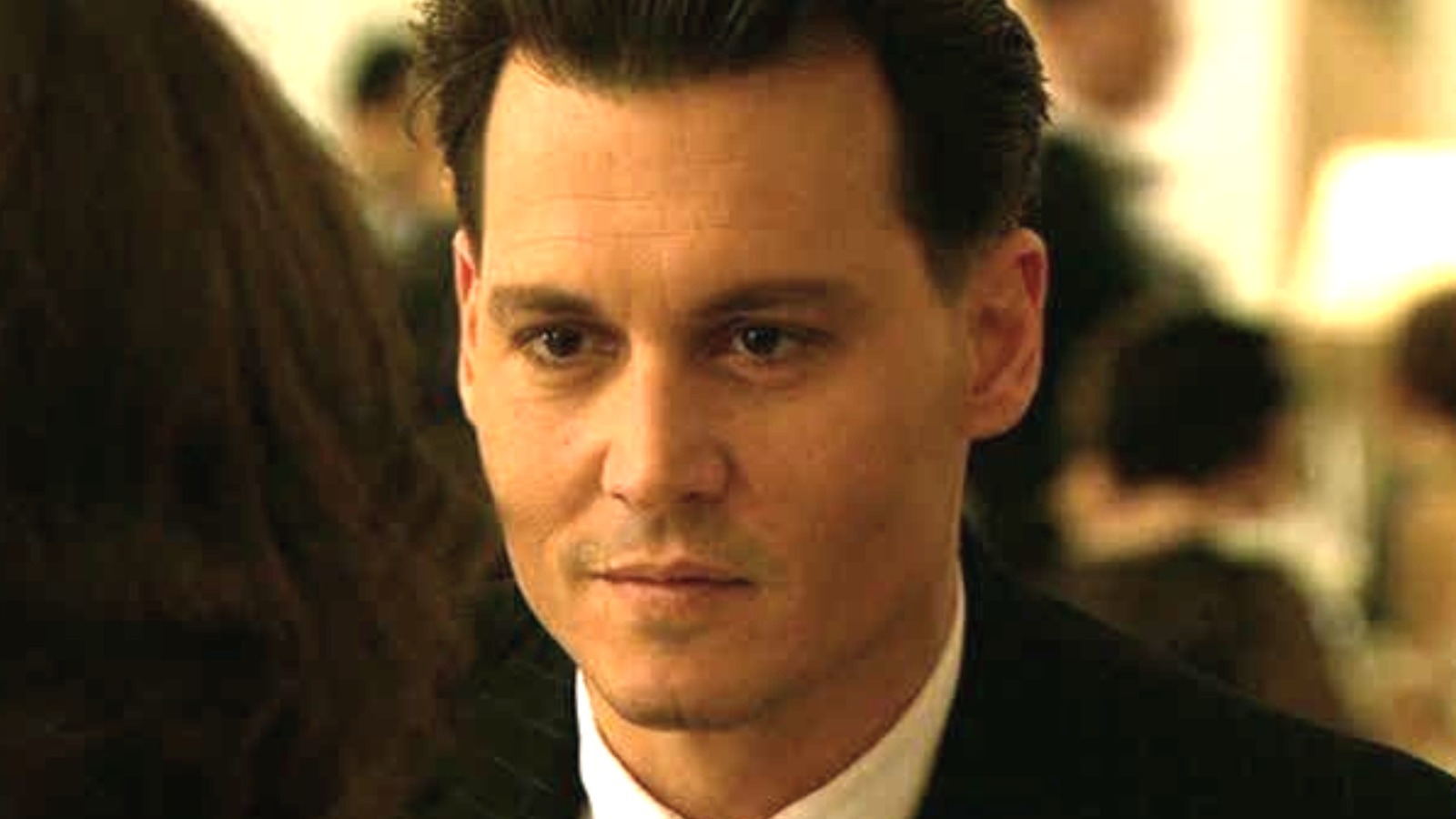Crime, Charisma, and the Fall of a Legend
Public Enemies, directed by Michael Mann, is a stylish and intense crime drama that dives into the final years of John Dillinger, one of America’s most notorious bank robbers. Set during the Great Depression, the film paints a vivid portrait of a man both feared and adored, and the government’s desperate effort to bring him down.
Johnny Depp stars as Dillinger, delivering a cool, controlled performance that captures both the charm and menace of the legendary outlaw. He’s a man who walks into banks like he owns them, stealing with confidence and slipping past law enforcement with ease — all while becoming a folk hero to the public struggling through hard times.
Opposite him is Christian Bale as Melvin Purvis, the determined FBI agent tasked with leading the manhunt. As Purvis tightens the net, the film unfolds as a tense cat-and-mouse game, showcasing shootouts, betrayals, and narrow escapes in a world where crime and justice are both evolving fast.

The film’s standout feature is its visual style. Shot with digital cameras, Public Enemies has a raw, almost documentary feel that adds realism to the period setting. Mann’s direction focuses on mood and atmosphere, with gritty night scenes, authentic costumes, and historical detail immersing viewers in the 1930s.
Marion Cotillard adds emotional depth as Billie Frechette, Dillinger’s love interest, bringing tenderness to a story filled with gunfire and grit. Their romance gives Dillinger a human side, even as the walls close in around him.
Public Enemies is not just a gangster film — it’s a reflection on fame, loyalty, and the changing face of American law enforcement. With its complex characters, striking visuals, and tragic inevitability, it captures the fall of a man who refused to live by anyone’s rules but his own.
